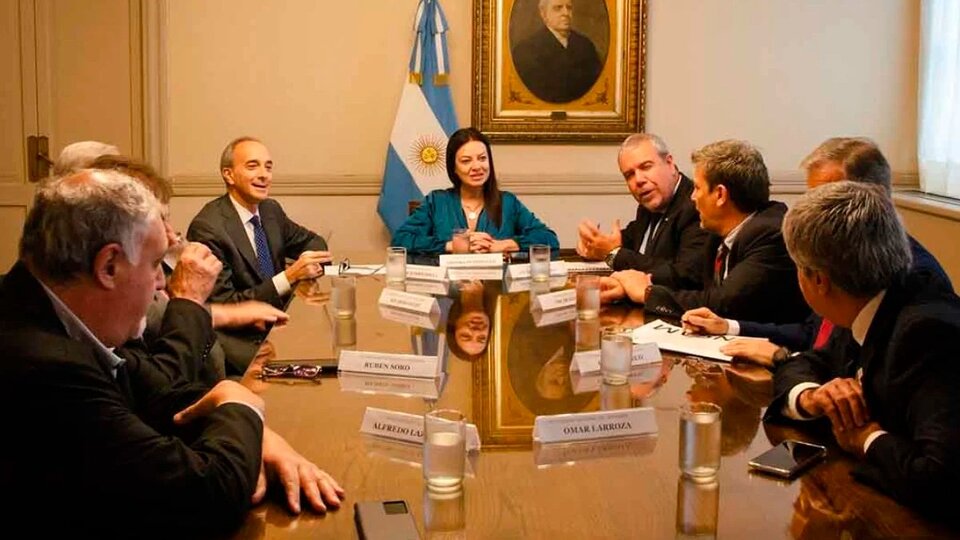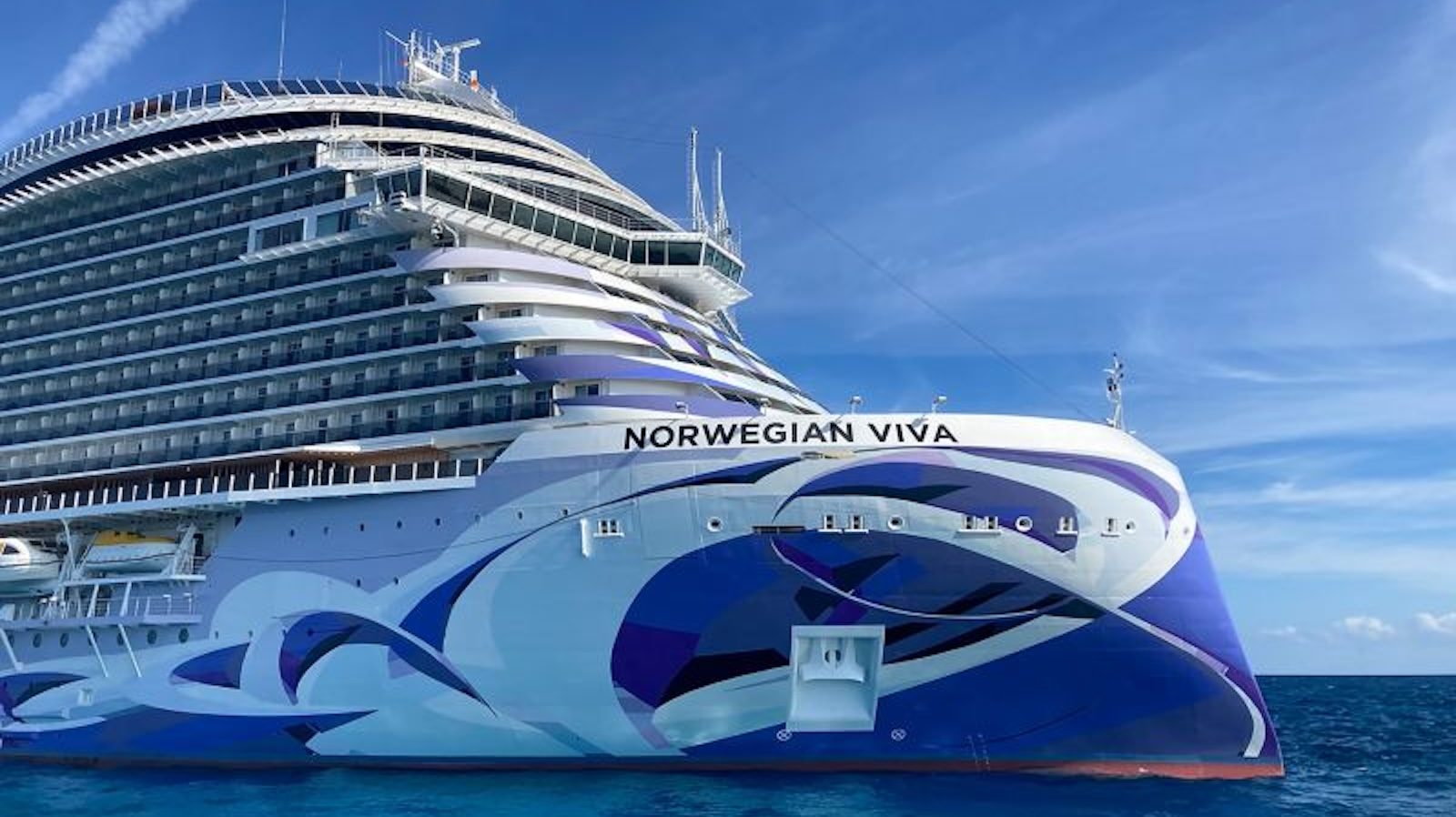#Buying #art #advanced #students #Tefaf #control #enormously #colleague #thinks #hamster
There is a Wassily Kandinsky for sale, an Auguste Renoir, a René Magritte, a Vincent van Gogh, even a Frans Hals. You can leave Maastricht with a landscape that Sir Winston Churchill painted on the Riviera. But unfortunately, none of the 260 gallery owners and antique dealers from twenty countries at the Tefaf art fair have a Piet Mondriaan in stock this year.
“That’s actually what I had set my sights on,” says Jan Rudolph de Lorm, director of the Singer Laren museum. ‘Mondriaan stayed in Laren from 1915 to 1919 and there he followed his path to abstraction. We would prefer to find something from him from that time. We could have raised quite a bit of money for a work on paper.’ Not that there are no other modernist or impressionist canvases at Tefaf that delight his eyes. ‘I have to control myself enormously. My colleague thinks I’m a hamster.’
Over by author
Bart Dirks writes for de Volkskrant about art and culture. Previously, he was a reporter in The Hague and Rotterdam and a correspondent in Brussels.
The 37th edition of the European Fine Art Fair (‘seven thousand years of art history under one roof’) is exclusively accessible by invitation on Thursday and Friday. Extremely wealthy collectors make a lot of noise here; between the old masters, Japanese folding screens and at the oyster bar, a cacophony of French, Italian and American English can be heard.
Surprises
Renowned museums from all over the world are also traditionally in Maastricht, from the Rijksmuseum in Amsterdam to the Metropolitan in New York. Directors and curators make a targeted search to fill gaps in their collections, although they are always open to surprises. The art dealer often saves this for the Tefaf.
One of the stands with antiques at the Tefaf. Image Natascha Libbert
The American museums in particular arouse the awe of their Dutch colleagues. “They have very deep pockets,” says Rosie Razzall, curator of drawings at Museum Boijmans Van Beuningen. She herself has a modest fund that the Rotterdam museum can spend freely on Dutch drawings from the 19th century.
Razzall looks for drawings with ‘an immediate visual appeal’. Even before the Tefaf, she received documentation from a London dealer of a drawing by the Flemish painter Charles Verlat (1824-1890), who was unknown to her. It is a self-portrait of a terrified man.
‘There are cracks’
Verlat made the expressive drawing in 1844 for a competition in Antwerp. ‘Every year there was an assignment to make portraits with a specific facial expression.’ Verlat’s terrified husband reminds her of the photo I’m Too Sad to Tell You in the Boijmans collection. In it, the Dutch conceptual artist Bas Jan Ader (1942-1975) is crying uncontrollably.
“The two can be a nice combination in an exhibition,” says Razzall. With an asking price of 29 thousand euros, Verlat is not out of reach, but doubts take over now that she sees the drawing in real life. ‘The image has turned quite brown due to the acid in the paper, and there are cracks in it.’
Rosie Razzall, curator of drawings at Museum Boijmans van Beuningen, looks at a drawing by William Turner. Image Natascha Libbert
She consults with colleagues and it is soon decided to pass on the work. A drawing by William Turner (1775-1851), the British painter famous for his landscapes and seascapes, has also been excluded for the time being. The asking price is 1.1 million euros. “We need to think carefully about whether this is the right Turner for us.”
Jan Rudolph de Lorm of Singer Laren was pointed out in advance by an art dealer from Düsseldorf to a canvas by Max Liebermann (1847-1935). The German painter spent his summers in the Netherlands. Yet the painting with Catholic girls going to school in Laren only appeals to him moderately. ‘It is painted quite woodenly. We also already have other work by Liebermann from Laren. Then you shouldn’t get greedy.’
He is all the more enthusiastic about a work by Van Gogh at a dealer from New Orleans. Not the painting Head of an old farmer’s wife with a white hat, which Tefaf recommended as a masterpiece (De Lorm: ‘Mwah, I don’t find that potato-eating lady so exciting’), but a drawing of a fisherman with a sou’wester on his head.
‘Van Gogh drew him rather clumsily, he was still young, but that fisherman has so much emotion in his face! It shows human sadness so beautifully, which really touches me.’ The asking price is 850 thousand euros. “Well, I think it’s beautiful.” But Singer Laren isn’t buying it.
Women artists
Both Razzall and De Lorm stand out at Tefaf this year. The internationally renowned fair may be known for timeless paintings, antique furniture and ‘haute joaillerie’ (exclusive jewelery and jewelry), but the spirit of the times is just around the corner. The sellers explicitly highlight the work of female artists.
On the wall above three paintings, an art dealer with Flemish and Dutch masters has even emblazoned ‘Wall of Ladies’. A little further on, Razzall points to a drawing of two naked women embracing and kissing. “This wouldn’t have been here ten years ago.” She has hinted at her interest in this drawing by the Belgian Symbolist artist Armand Rassenfosse (1862-1934). After some consultation, the purchase is concluded.
Meanwhile, De Lorm has goosebumps from a painting by Bertha Wegmann (1847-1926). He had never heard of this Danish painter of Swiss descent. In her oil painting Forest Ferns a lady’s hat can be seen. ‘Someone suggested she ran naked into the woods with someone. Personally, I think she put her hat down in front of her easel to mark: here I am,” says De Lorm. ‘A painting like this is a time machine for me.’
But once again the museum director manages to restrain himself. ‘We don’t have any Danish art in the collection, so I won’t buy this.’
RIJKS BUYS A TER BORCH
The Rijksmuseum bought the only signed painting by Gesina ter Borch (1631-1690) at the Tefaf on Thursday. It is a posthumous portrait of her brother Moses at the age of 2. He died at the age of 22 during a sea battle. “It is a complete surprise that this work has surfaced,” says Pieter Roelofs, head of visual arts. ‘We had been looking for an oil painting of her for a long time. It was a no-brainer that we had to have this.”
The Rijksmuseum has owned the estate of the Ter Borch artist family since 1886, including virtually the entire oeuvre of Gesina ter Borch, consisting of 59 individual drawings and three albums full of watercolor drawings. The painting was discovered by the Amsterdam antique dealer Dickie Zebregs, at a French private collector. ‘He didn’t know what he had in store. I didn’t find out until later.’










